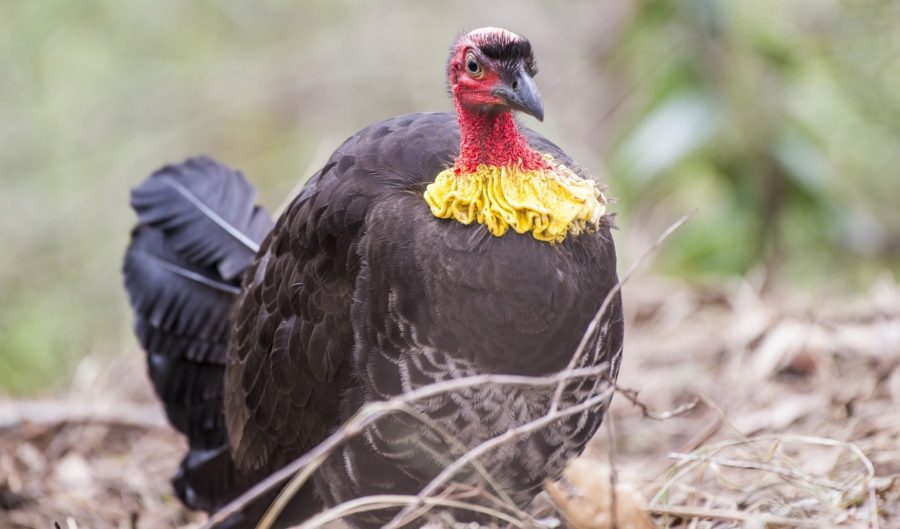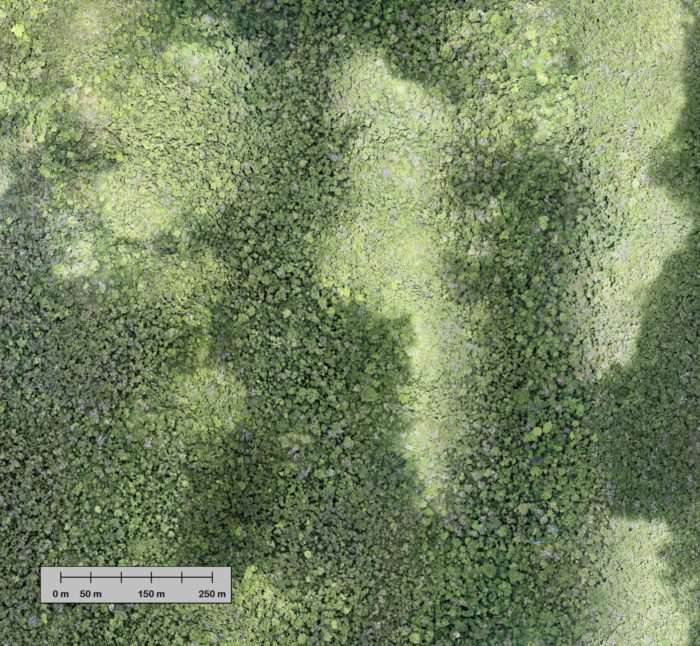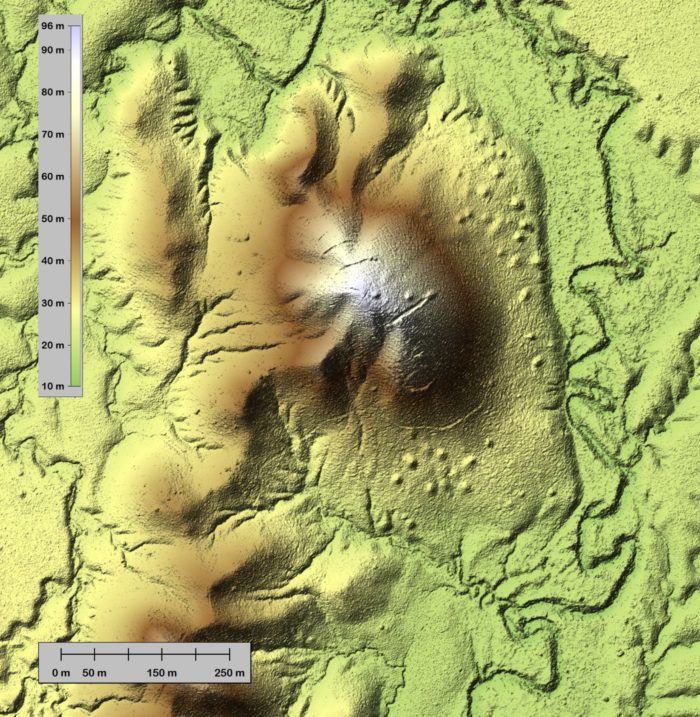Laser scans of Australian rainforest reveals hidden lives of Australian megapodes

BY USING laser scans researchers have revealed the hidden lives of Australian megapodes, including brush turkeys and yellow-footed scrubfowls, and the large mounds they build to incubate their eggs.
The technology, known as LiDAR (light detection and ranging), has most recently been used to locate ancient Mayan ruins in Guatemala.
The LiDAR remote sensing technology works by capturing aerial images and digitally removing the dense foliage of tree canopy, revealing what lives below.
A group of Australian researchers from Airborne Research Australia, supported by Maxim Foundation, a not-for-profit research organisation used the technology to locate birds in the rainforests of Cape York, in Queensland.

With vegetation.

Without vegetation.
“It’s fascinating to think an eye in the sky can strip away the rainforest with this technology to record and study the terrestrial nesting patterns of Australian Brush-turkeys,” says the chief scientist at Airborne Research Australia Jorg Hacker.
The research will be used to address conservation concerns for large Australian land birds living in the rainforest.
The laser scans also detected old mining sites.
“Not only did we find the brush-turkey mounds by sheer coincidence, but we also found traces of historic goldmining ventures in the region,” Professor Hacker says.
“We hope to develop software to help distinguish between the nesting mounds and similar looking piles and rocks and dirt left by miners over the past century.”

